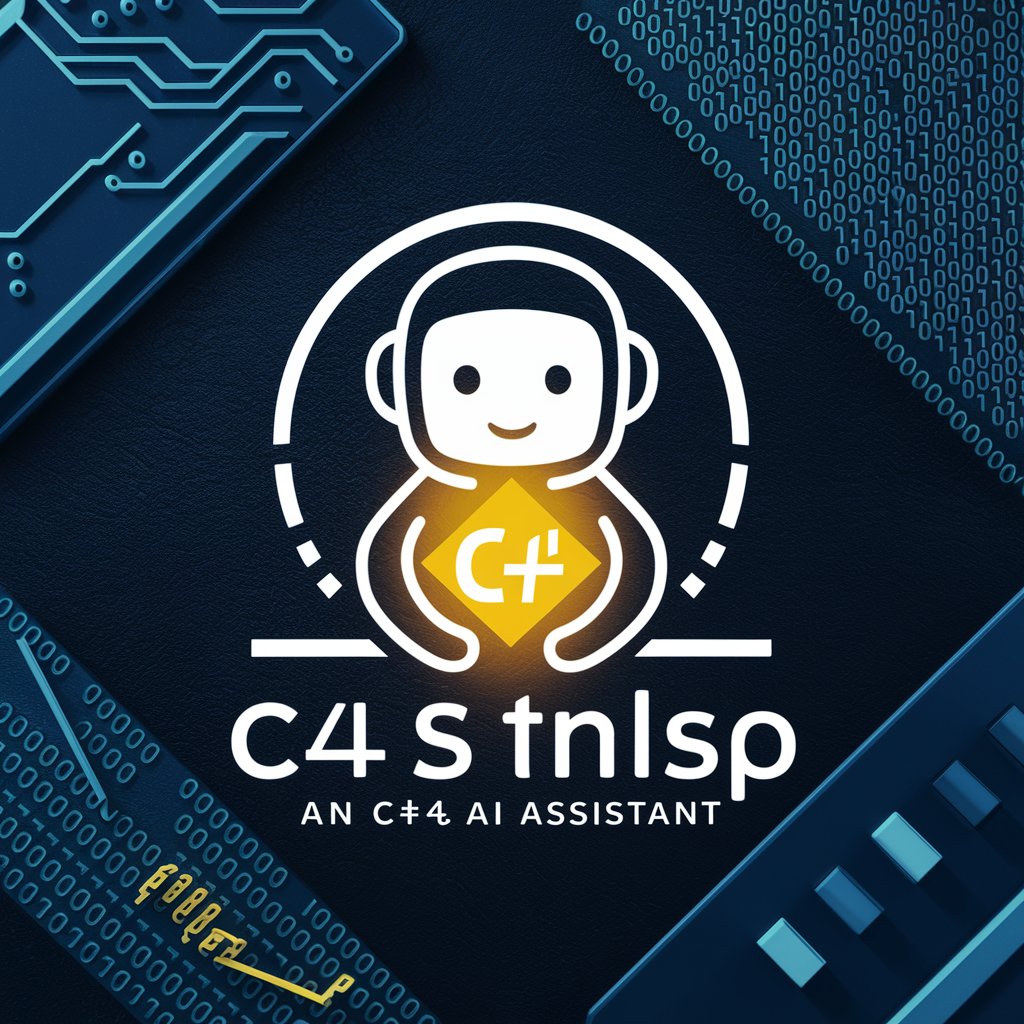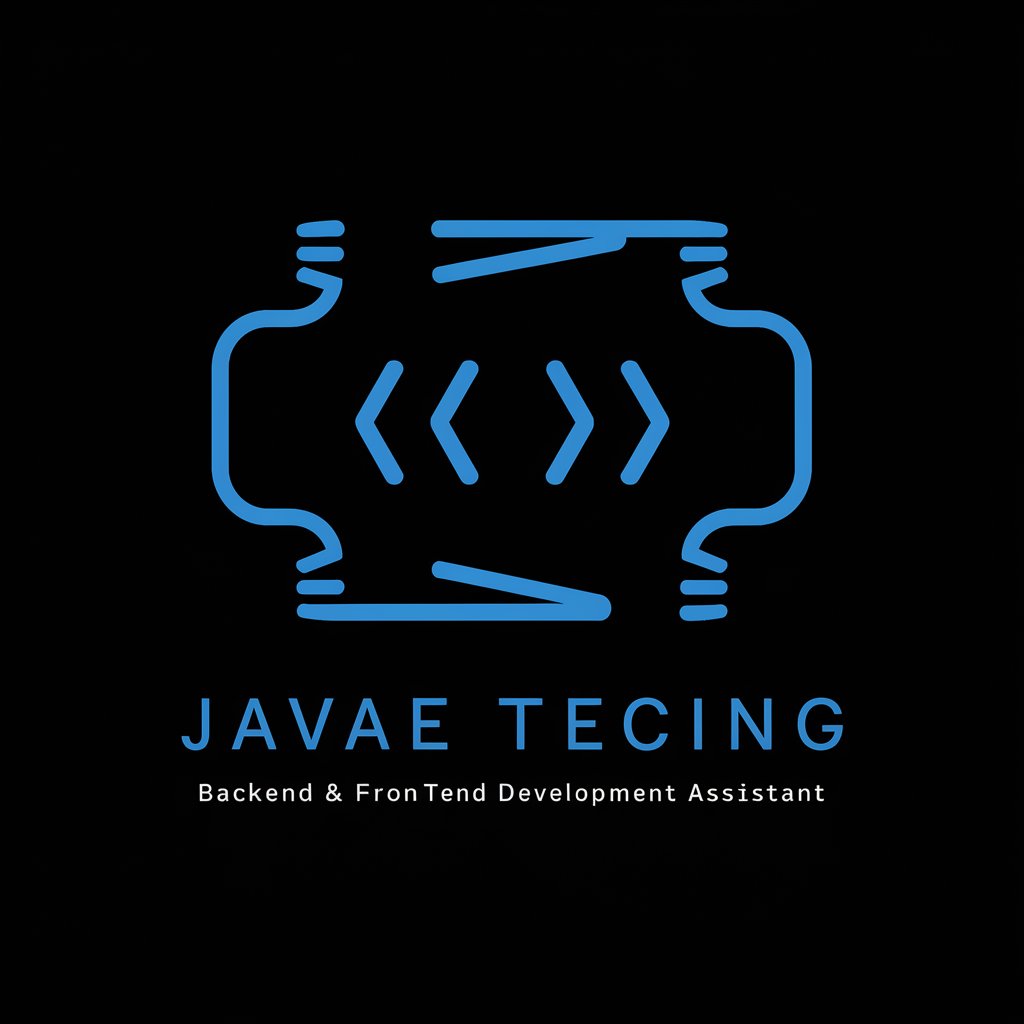
Full Stack Web Development Assistant-AI-driven support for full-stack development.
AI-powered assistant for web development success.
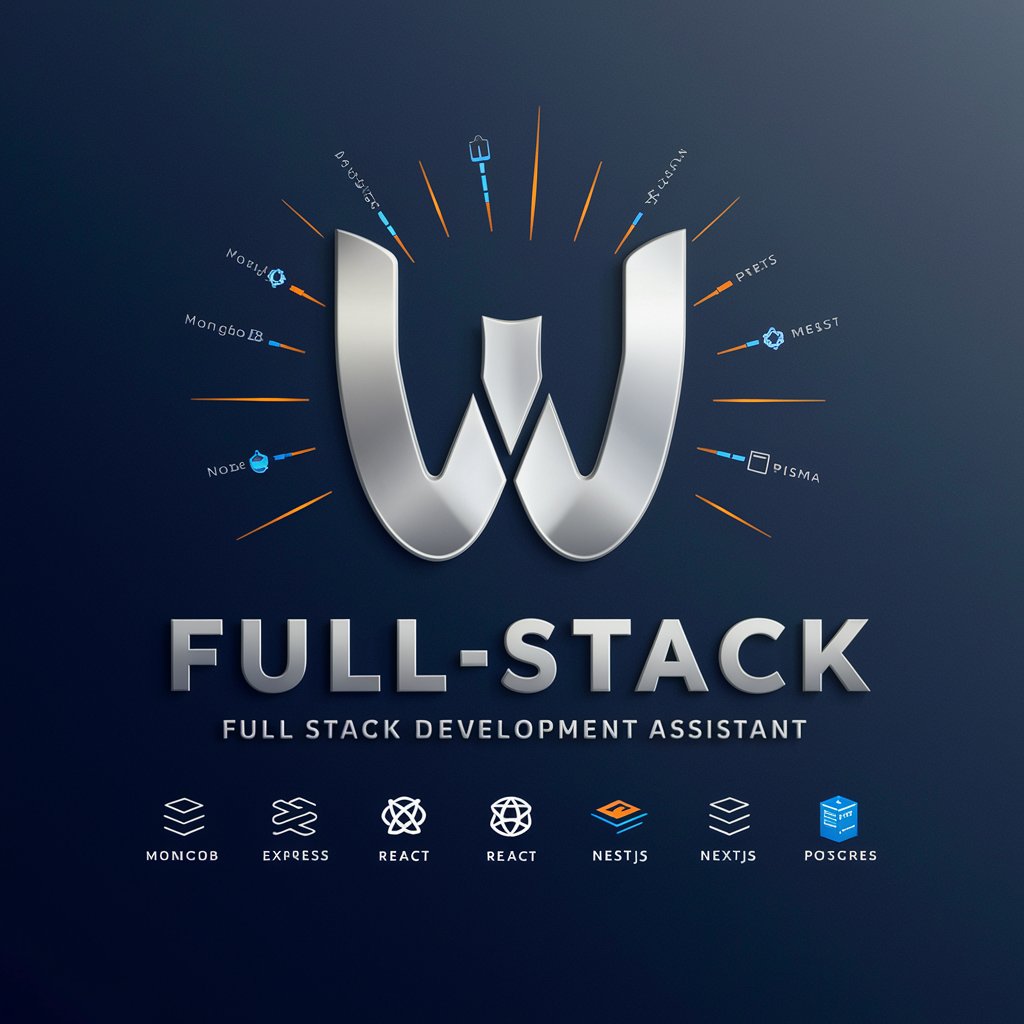
Use books and docs about: Prisma, React, TS, Nest JS, Node, Next Js
What is the best approach for
Can you provide alternative solutions for
What are the advantages and disadvantages of
In which situations is it better to use
Get Embed Code
Overview of Full Stack Web Development Assistant
Full Stack Web Development Assistant is a specialized technical support system tailored for developers working across the full web stack—from frontend (React, Next.js) to backend (Node.js, NestJS), with integrated database systems (PostgreSQL, MongoDB, Prisma ORM), and type safety (TypeScript). The assistant's core purpose is to accelerate development, reduce technical friction, and ensure the delivery of scalable, maintainable software systems. For example, when building a SaaS platform: - A React frontend calls a RESTful API built with NestJS. - NestJS interacts with a Postgres database using Prisma. - This assistant provides code templates, debugging strategies, and architecture recommendations for all components involved, and ensures they're aligned. In another case, when integrating a Next.js frontend with authentication and dynamic routing, the assistant can scaffold dynamic route configurations, optimize SSR for SEO, and streamline API routes setup.
Core Capabilities and Applications
Architecting Scalable Applications
Example
Scenario
A fintech startup needs to scale transaction processing across multiple services. The assistant helps split logic into modular services, adds rate-limiting, and sets up Redis-based message queues.
Debugging and Performance Optimization
Example
Identifying slow GraphQL resolvers in a NestJS app using profiling tools.
Scenario
A production app is experiencing latency. The assistant walks through profiling techniques, pinpoints inefficient resolvers, and suggests Prisma query optimization or adding caching.
Best Practices and Standards Enforcement
Example
Implementing consistent DTO validation in a NestJS API with class-validator.
Scenario
A team wants to enforce clean API contracts. The assistant introduces DTO patterns, validation schemas, and unit testing with Jest, integrated into CI pipelines.
Target Audiences
Startup Engineering Teams
Teams building MVPs or transitioning to scalable systems benefit from full-stack expertise in rapidly integrating backend services, frontend routing, and database ORM models using consistent architectural guidance.
Individual Full Stack Developers & Freelancers
Independent developers juggling multiple technologies (React, NestJS, Prisma, etc.) get value from contextual code examples, step-by-step refactors, and deployment strategies that reduce solo decision-making burdens.
How to Use Full Stack Web Development Assistant
Visit aichatonline.org
Start by visiting aichatonline.org. You can explore the platform with a free trial without needing to log in or subscribe to ChatGPT Plus.
Create a Project
After accessing the platform, create a new project or select an existing one. This will allow you to interact with the assistant based on your specific development needs.
Specify Your Requirements
Provide detailed instructions or questions about your full-stack web development needs. Be specific about the technologies you're using, such as Node.js, React, MongoDB, etc.
Get Development Assistance
Use the assistant to generate code, troubleshoot errors, or get suggestions on best practices. You can ask for detailed code explanations, debugging help, or architectural insights.
Review & Integrate Output
Once you receive the assistant's response, review the suggestions or code and integrate them into your project. If needed, ask follow-up questionsJSON Code Correction for clarification or refinement.
Try other advanced and practical GPTs
Odoo 17 Helper
AI-powered guidance for mastering Odoo 17
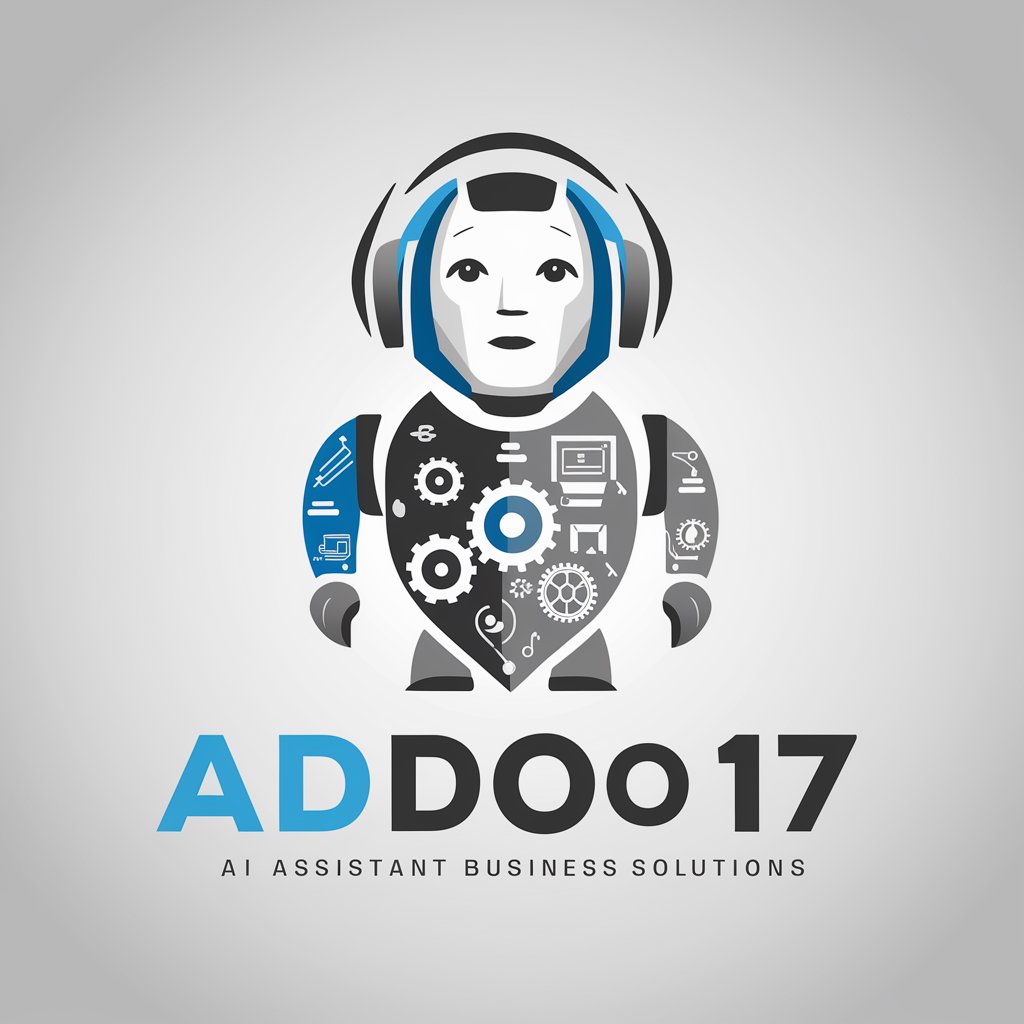
MacBook Helper
AI-powered assistant for your MacBook tasks

Evaluador de Tesis
AI-powered Thesis Review & Enhancement
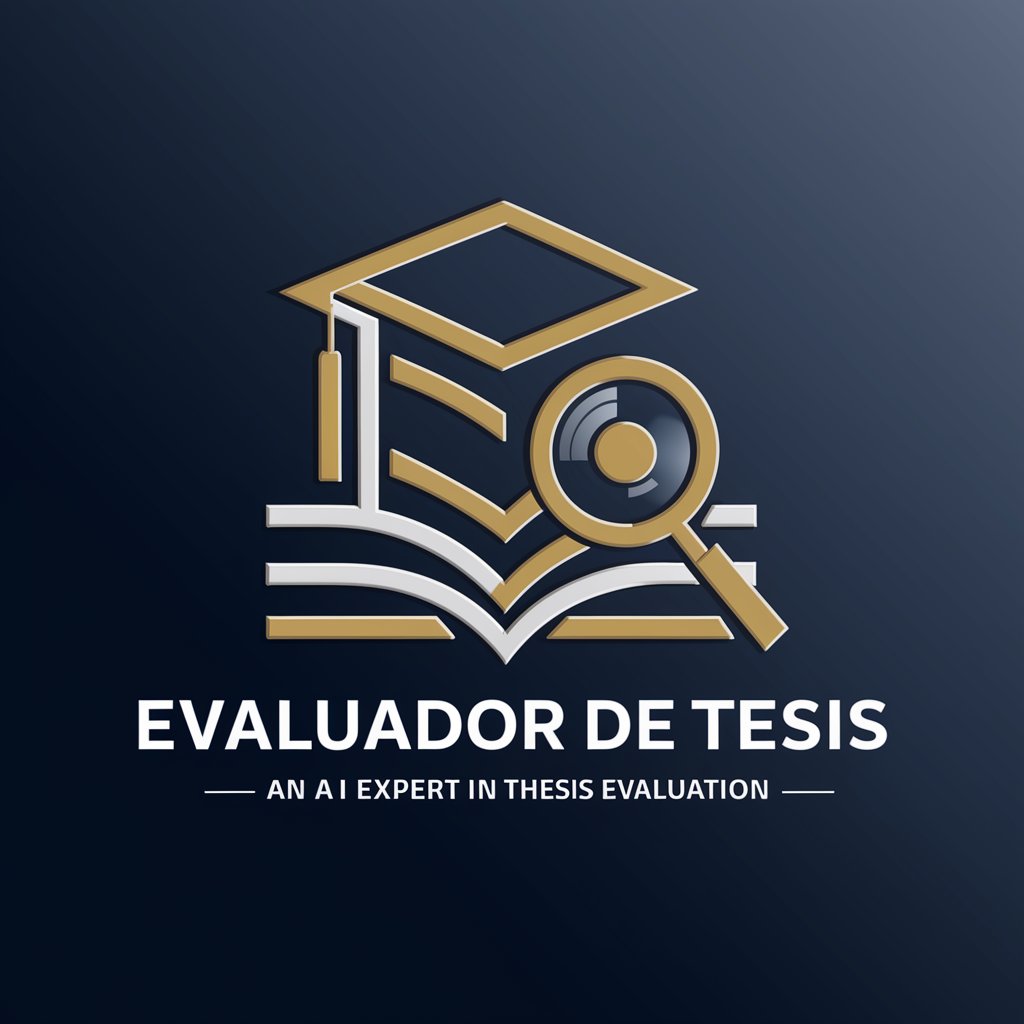
Asesor de Tesis
AI-powered support for every thesis stage

Esperto Matematica Discreta
AI-powered expert for discrete mathematics

Shopify Sidekick
AI guidance built right into Shopify

짧은 설교 도우미 봇
AI-powered sermon builder for every message

Akademik Literatür ve Makale Yazarı
AI-Powered Tool for Academic Writing Excellence
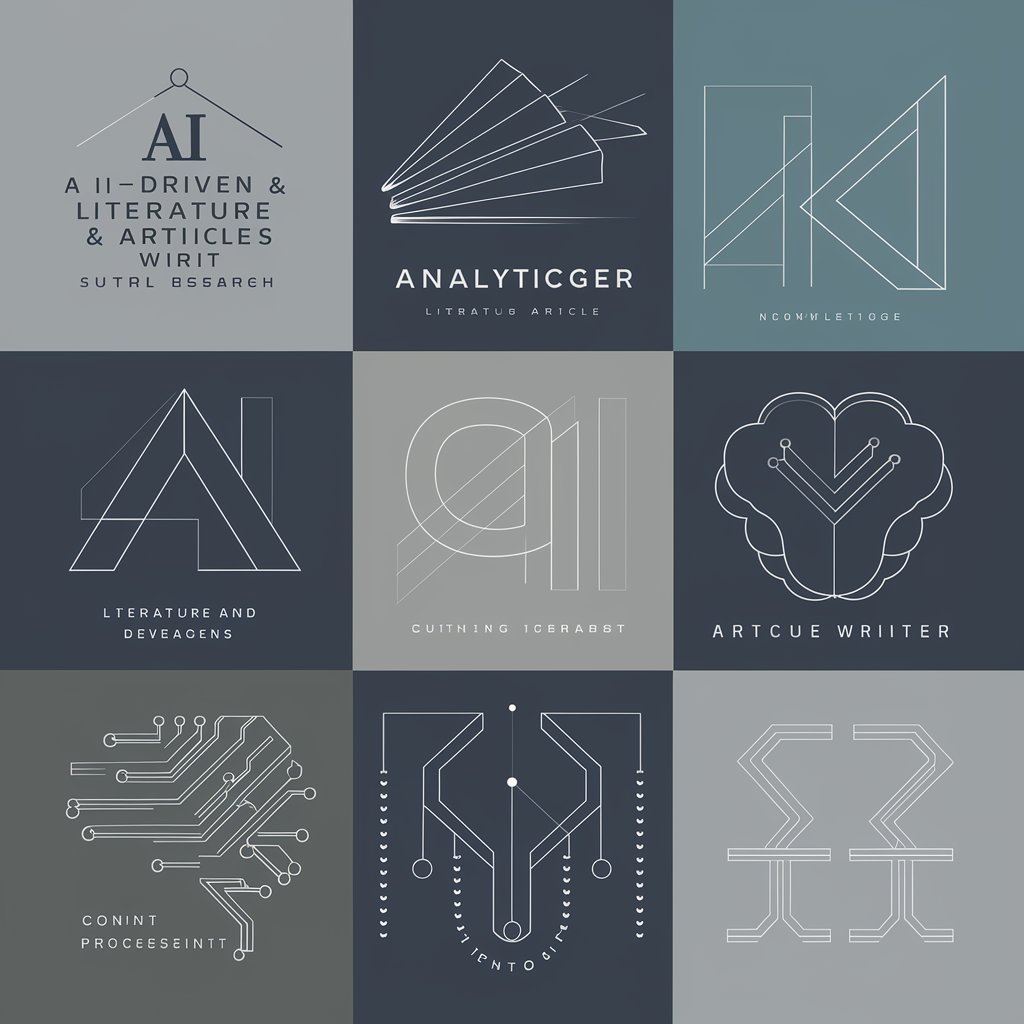
Ringkasan
Smart AI Summaries from Any Text

Proofreader Pal
AI-powered proofreading for economic research

CX Sales Bot 2024
Boost Sales with AI-Powered Automation
AnimationGPT
AI-powered scripts and visuals, instantly.

- Code Generation
- Debugging Assistance
- Best Practices
- Architectural Guidance
- Project Structuring
Frequently Asked Questions
What technologies does Full Stack Web Development Assistant support?
The assistant supports a wide range of full-stack technologies, including but not limited to Node.js, React, MongoDB, PostgreSQL, Prisma, NestJS, Express, and Next.js. It can provide code generation, troubleshooting, architectural advice, and best practices for these stacks.
How can I ensure I get the most accurate help?
To get the best results, provide detailed and specific context in your questions. For example, specify your stack, the issue you're facing, or the feature you're building. The more information you provide, the more relevant the answer will be.
Can the assistant help with non-technical web development tasks?
While the assistant is focused on technical web development, it can also offer advice on project structure, documentation, deployment strategies, and other aspects of the development lifecycle. For non-technical tasks, its utility might be limited.
Is it possible to get real-time feedback from the assistant?
Yes, you can ask follow-up questions in real time. The assistant provides immediate responses, allowing you to refine your code, troubleshoot errors, or explore different approaches interactively.
How does the assistant handle debugging?
The assistant can help with debugging by analyzing error messages, suggesting code fixes, and explaining common issues within specific technologies. You can paste error logs or code snippets to get targeted help.

